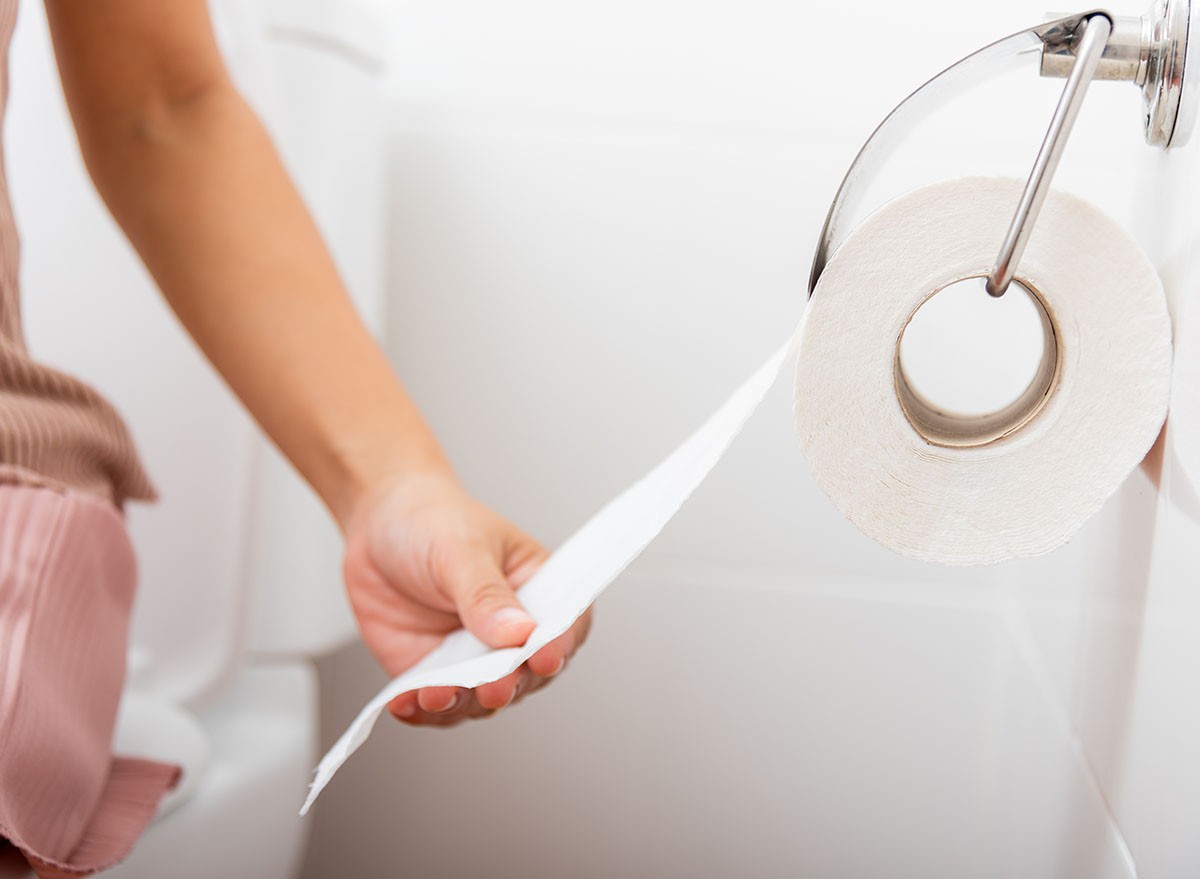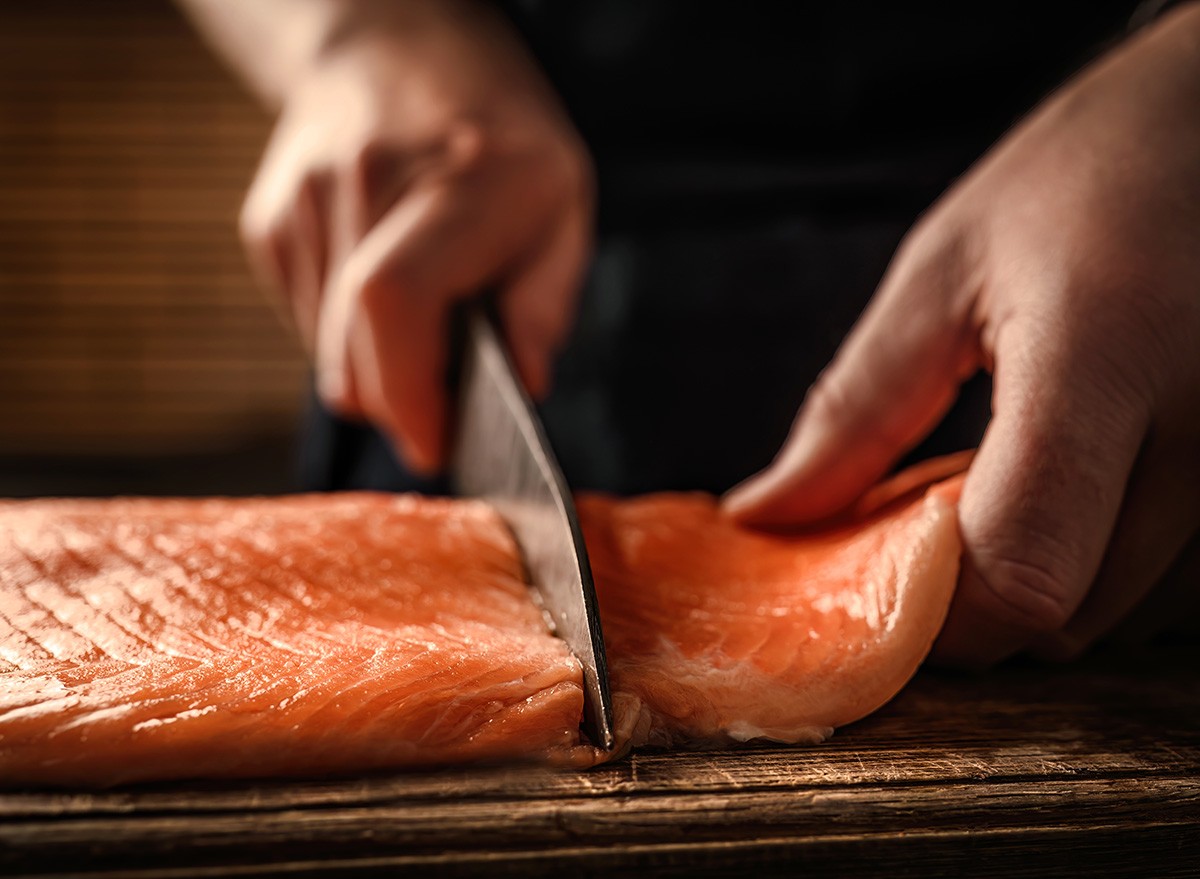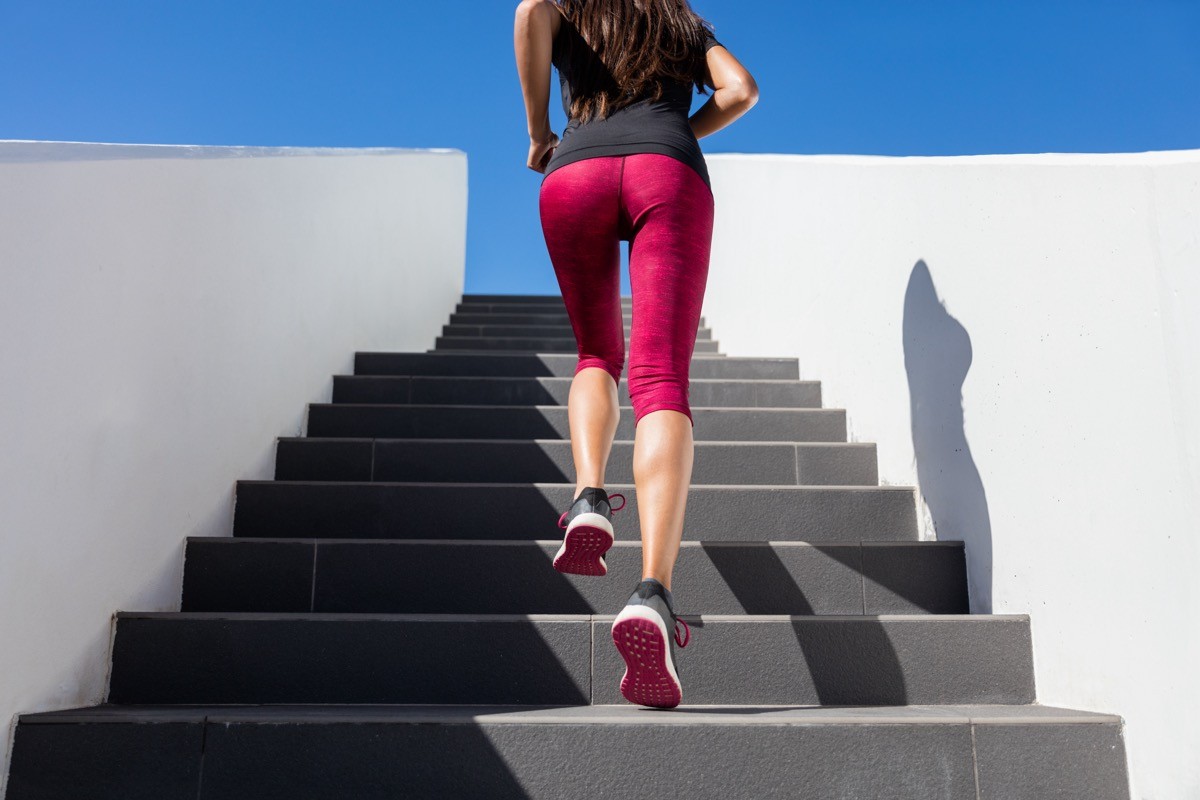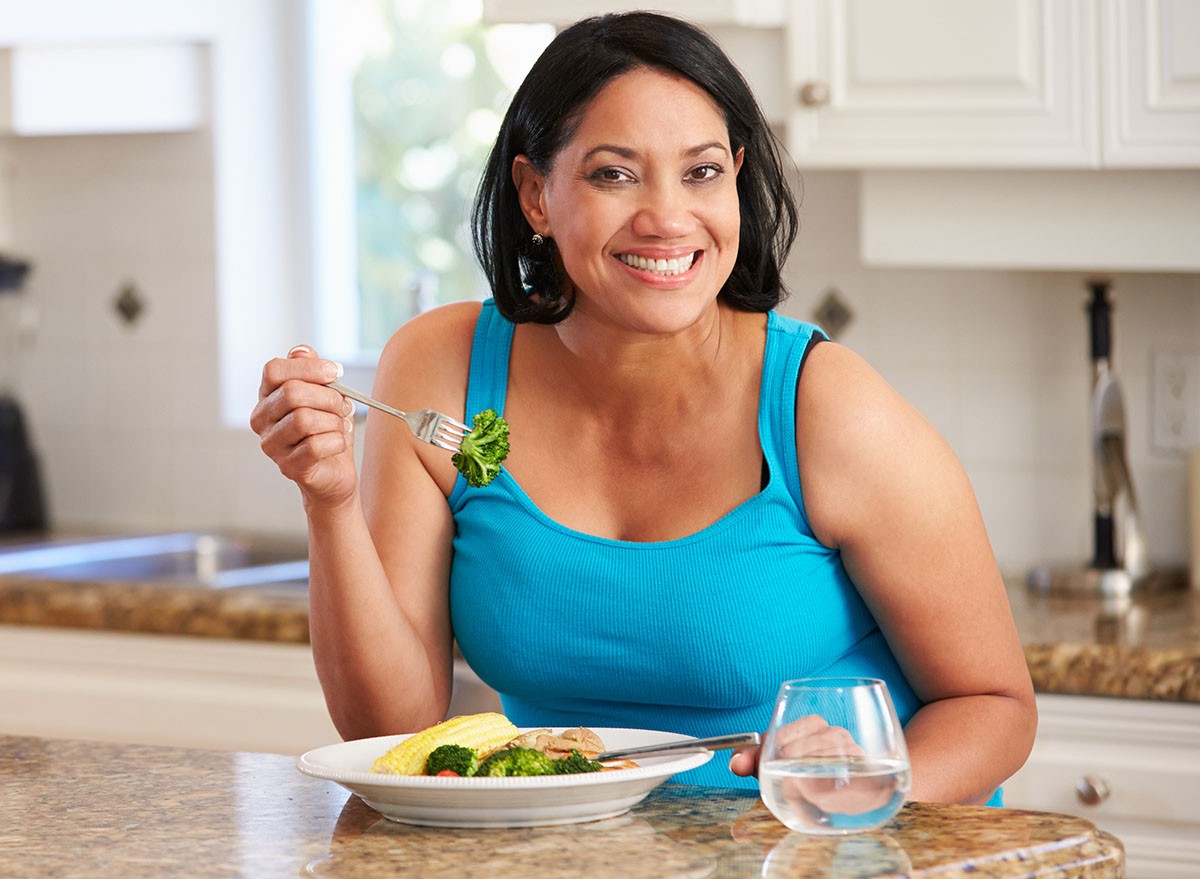3 Tips to Boost Your Ozempic Results, According to Weight Loss Expert

Struggling to reach your weight loss goals despite your best efforts? You're not alone. Millions of Americans face this challenge daily, even with the newest medical options available. Dr. Jennifer McCann, board-certified in both OB/GYN and Obesity Medicine, has been helping women optimize their health for over 12 years. "I specialize in complete women's care that incorporates total wellness, including considerations in gynecology, hormonal status and weight optimization," says Dr. McCann. Read on to discover how to maximize your results with today's most talked-about weight loss treatments.
Understanding Weight Loss Injections
Before diving into strategies for success, it's important to understand what these medications actually do. "These injections include medicines like semaglutide, otherwise known as Ozempic, and tirzepatide (Mounjaro)," Dr. McCann explains in her video. While semaglutide has FDA approval for weight loss in certain individuals, Mounjaro is currently approved only for type 2 diabetes—though many patients experience significant weight reduction with both.
According to Dr. McCann, these medications work through several mechanisms: "They inhibit glucagon release which reduces hunger, decrease glucose production from the liver, delay gastric emptying, and reduce appetite." These combined effects lead to what can be substantial weight loss, particularly beneficial for people with limited mobility who struggle with exercise-based approaches.
RELATED: 15 Things to Know Before Requesting Ozempic for Weight Loss
Who Should Consider These Treatments?

"These medicines are not for everybody," cautions Dr. McCann. There are important contraindications to consider, including "a personal or family history of thyroid cancer or other endocrine problems or cancers." She emphasizes the importance of discussing your complete medical history with your physician before starting treatment.
Side effects can also occur. "They can cause nausea, vomiting, diarrhea, and abdominal cramps," notes Dr. McCann. While these symptoms typically subside after a few weeks of treatment, she acknowledges they can sometimes persist longer.
Making the Most of Your Treatment

Dr. McCann views these medications as a starting point rather than a complete solution. "What I like to tell my patients is to use these medicines to really start your lifestyle change," she says. The initial weight loss provides momentum, but maintaining results requires building healthy habits during treatment.
With that foundation in mind, here are Dr. McCann's top three tips for maximizing your results while on weight loss injections:
Tip 1: Eliminate All Sodas and Sugary Drinks

The single most important dietary change? "Stop all sodas," Dr. McCann states emphatically. This includes not just carbonated soft drinks but all sugary beverages like slushes and sweetened coffee drinks.
The impact is staggering: "Drinking one can of soda can make you gain 15 pounds over one year," Dr. McCann explains. "It's virtually impossible to lose weight and keep it off if you drink soda, especially more than one can daily."
This doesn't mean giving up caffeine altogether. Dr. McCann suggests alternatives: "Coffee is a great alternative, especially either black coffee or mixed with a little bit of stevia. A sugar-free skinny latte is also a great option."
RELATED: 20 Possible Ozempic Side Effects
Tip 2: Prioritize Protein with Every Meal

When appetite suppression kicks in, making your limited calories count becomes crucial. "Make sure that when you feel like eating, you get your protein, specifically lean protein," advises Dr. McCann.
There's science behind this recommendation. "Protein is what builds your muscle, and your muscle is what burns calories," she explains. "If you don't take in enough protein, you will lose muscle and won't be able to burn as many calories."
The metabolic benefits are significant: "Protein increases your metabolism by increasing your muscle, and that lets you burn more calories," says Dr. McCann. This creates a virtuous cycle that enhances the medication's effectiveness.
Tip 3: Incorporate Consistent Exercise

Exercise remains essential, even with powerful medications. "Exercise is very important for weight loss, for keeping the weight off, for your cardiovascular health," Dr. McCann emphasizes. She adds that it "actually is a natural remedy for anxiety because it releases cortisol."
For beginners, Dr. McCann recommends starting small: "If you're just starting out, 20 minutes four times a week through high intensity training, something like HIIT classes, will be just fine." As fitness improves, both duration and intensity can gradually increase.
Those with physical limitations shouldn't despair. "Exercise is still important, but you may need to talk to a personal trainer to see what exercises you specifically can do to help maintain your muscles," suggests Dr. McCann.
RELATED: What Happens to Your Body When You Stop Taking Ozempic
The Long-Term Perspective

These medications offer a valuable opportunity to reset your relationship with food and activity. "Make sure to use this weight loss boost to start your healthy living," Dr. McCann advises, "so that you can lose even more weight and be able to keep it off after you stop the injections."The habits you develop during treatment will determine your long-term success. By eliminating sugary drinks, prioritizing protein, and incorporating regular exercise now, you're building the foundation for sustainable results that last well beyond your final injection. And if you enjoyed this article, don't miss 20 Incredible Ozempic Success Stories of All Time.




